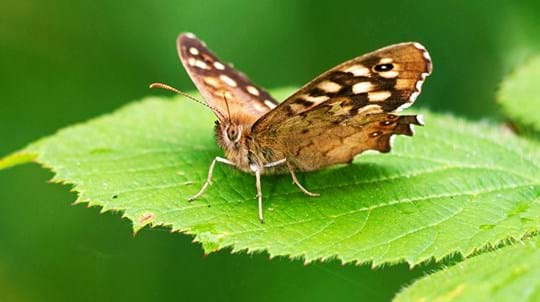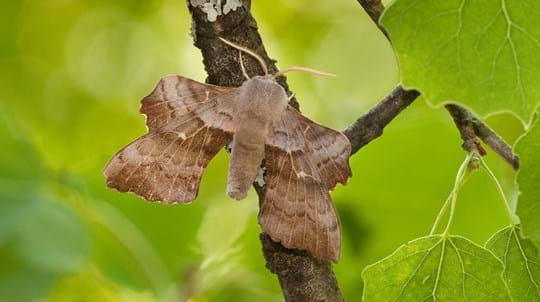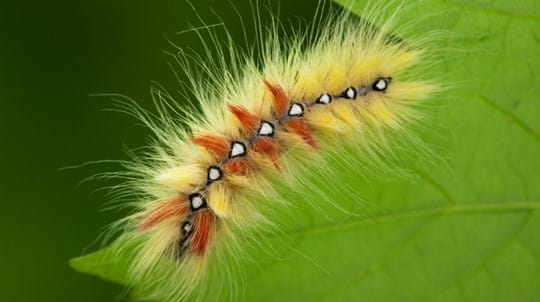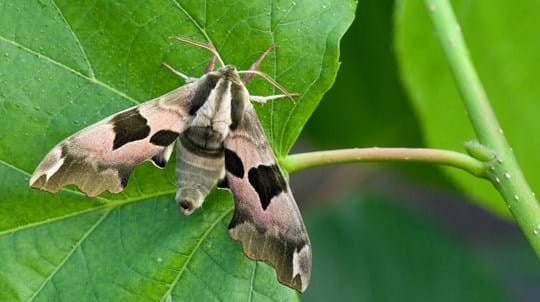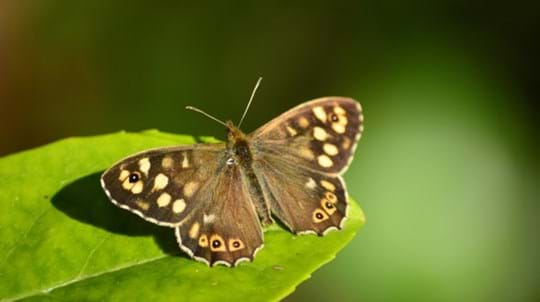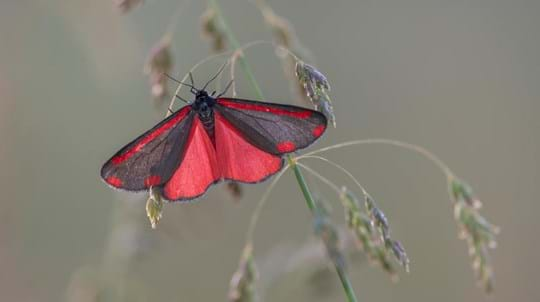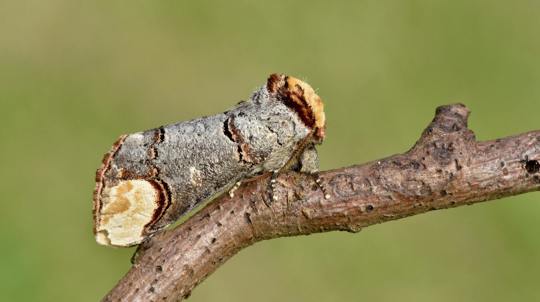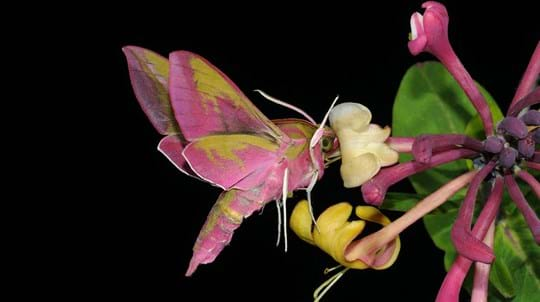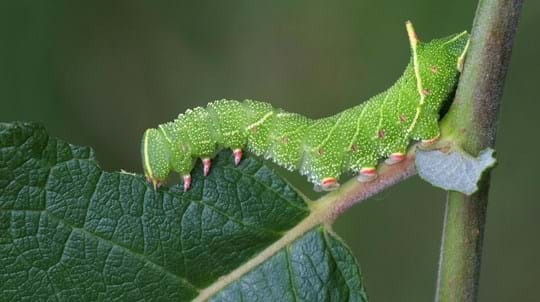
Hairy caterpillar identification: 16 common UK species
Amy Lewis • 10 Jun 2021
Spotted a furry caterpillar undulating across the path in front of you or munching leaves in your garden? Learn to tell your tussocks from your tigers with our quick guide to some common UK species.
Identify hairy caterpillars


